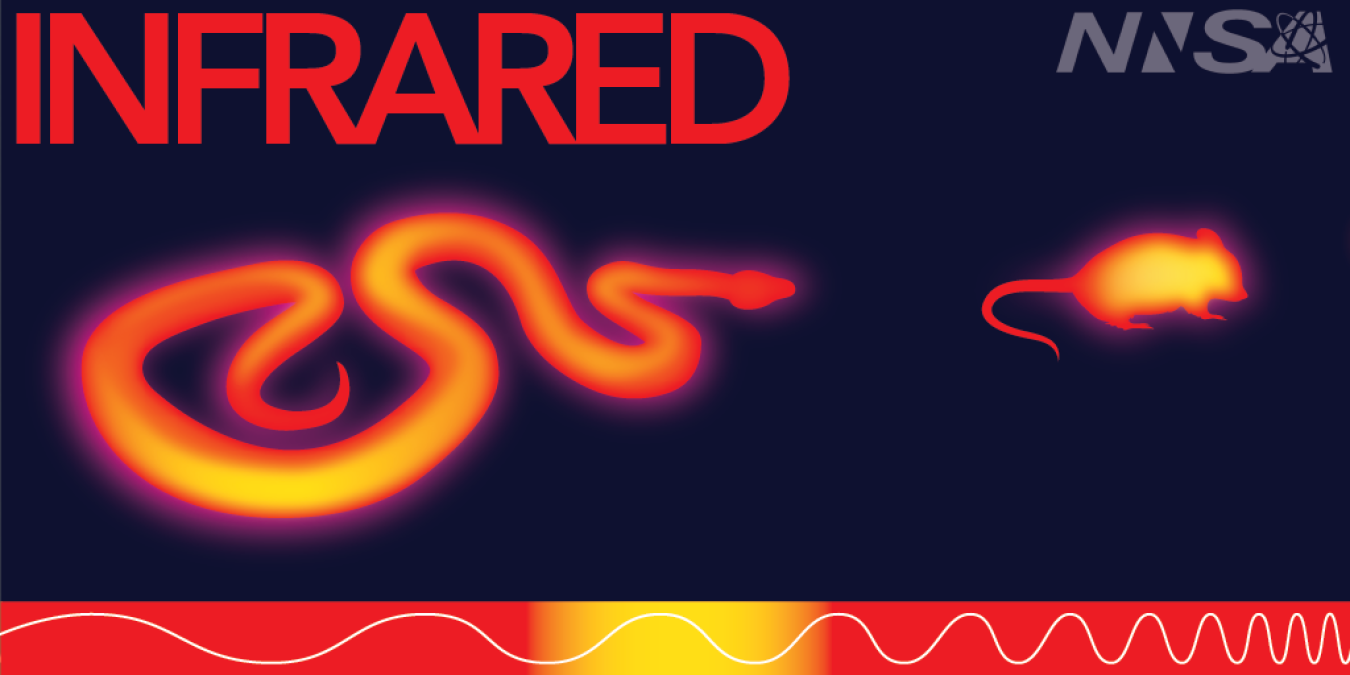Infrared radiation is handy when it comes to identifying materials, which is how NNSA uses it to accomplish its missions.
National Nuclear Security Administration
October 16, 2018
Though it cannot be seen by human eyes, infrared radiation can be felt as heat. It’s what some snakes use to sense their prey and what your toaster uses to warm your breakfast.

Infrared is also handy when it comes to identifying materials.
ChemCam (Chemistry and Camera), developed by an international team led by Los Alamos National Laboratory, uses a technique called laser-induced breakdown spectroscopy.
ChemCam, currently operating aboard the Mars Curiosity rover, fires an infrared laser beam at rocks and soil, vaporizing a tiny amount. This creates a hot plasma. The system then measures the colors of light in the plasma to determine elemental composition. ChemCam will soon be surpassed by the even more impressive SuperCam.

There are important uses for infrared tools at home, too.
Nevada National Security Site Fire and Rescue personnel are equipped with handheld chemical analyzers that use infrared technology to determine the identity of potentially hazardous materials. The devices contain a library of characteristics for more than 10,000 different chemicals.

Infrared also has important applications in surveillance and monitoring. Through real-time processing of infrared data, space-based systems provide early missile warning for the U.S. military and can detect nuclear detonations around the globe. Brilliant minds at Sandia National Laboratories were able to provide this unprecedented capability at a greatly accelerated schedule thanks to decades of experience in sensor data processing.
Research at NNSA spans the entire electromagnetic spectrum – take a look at findings at other frequencies and how they help further the missions of the Nuclear Security Enterprise.

